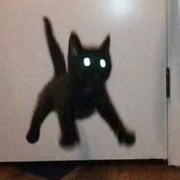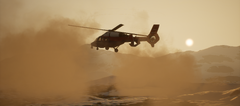- 2 replies
- 6,613 views
- Add Reply
- 2 replies
- 10,091 views
- Add Reply
- 0 replies
- 2,616 views
- Add Reply
- 3 replies
- 4,451 views
- Add Reply
- 2 replies
- 5,764 views
- Add Reply
- 2 replies
- 6,942 views
- Add Reply
Developer Interview: Simple Planes

By Skyviper,
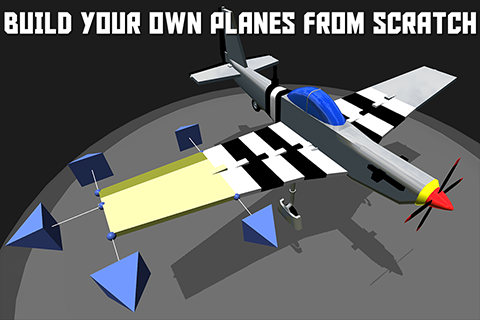

Developer Interview with Andrew Garrison, Creator of Simple Planes
Over the years there have been many great flight simulators that brought us to various worlds to fly in and fight in. Today it is the pleasure of CombatACE to feature this interview with Andrew Garrison, the creator of a very neat flight sim called Simple Airplanes. Which isn't as simple as it sounds. For those who aren't familiar with the game; Simple Planes allows you to build and then fly your creation. There are thousa
Panzer Elite - Enter the Tigers!
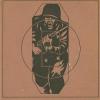
By 33LIMA,
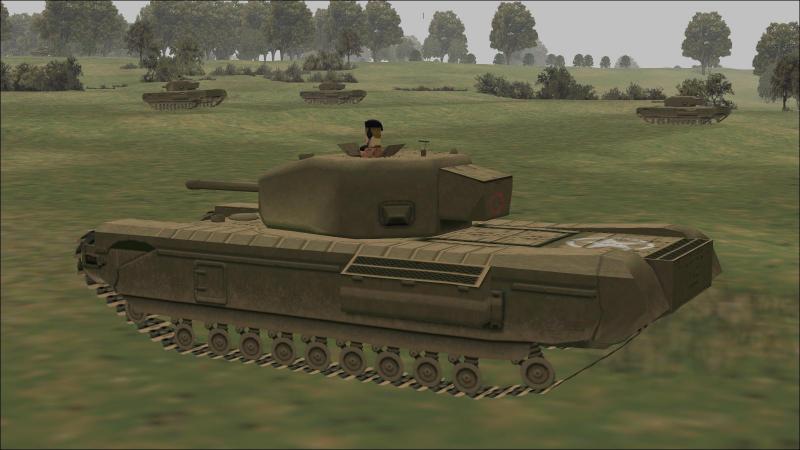

First peep at a new mission for a new mod for an old tanksim!
If anyone's been wondering what's stifled the flow of mission reports for several weeks, this is the answer. As in, working with Panzer Elite guru 'Brit 44' Aldo on a new mod for that sim.
You may wonder why, precisely - pure nostalgia apart - anyone would want to put time and effort into a simulation first released about eighteen years ago. Well, the answer of course is that several people are, be
CombatACE Interview with Barbara Owens

By Skyviper,


CombatACE Interview with: Barbara Owens
Bullying is a problem we are all familiar with. New reports released by various organizations, including the United States CDC, reveal shocking statistics about the negative impact bullying has on it's victims. CombatACE has featured the interview of an USAF JROTC Cadet who is helping to lead the way for the development of a Speak Life chapter in his area. To learn more about the Speak Life chapter, I reached out to Barbara Owens, the founder of Speak
Helping to Lead the Way!

By Skyviper,
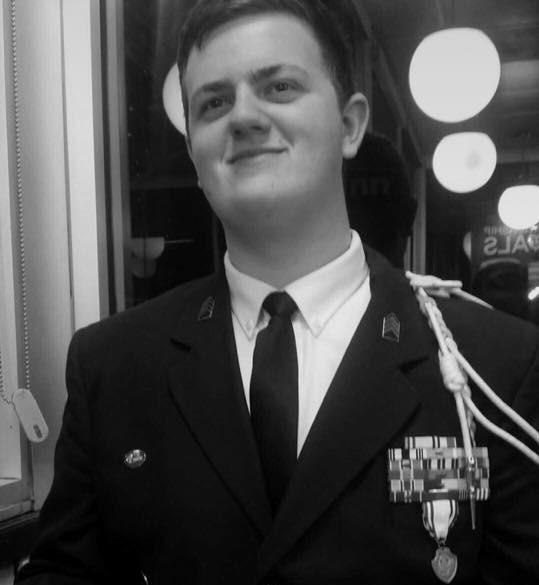

Helping to Lead the Way!
Over the years we've discussed video games, aircraft, and people who played an amazing role in aviation history. Today, CombatACE is proud to shine the light on a young cadet in the United States Air Force JROTC. An organization that makes it a mission to “develop citizens of character dedicated to serving nation and community.” The organization is “grounded in the Air Force core values”, which are, “Integrity first, service before self, and excellence in
Fiendish Fokkers!

By 33LIMA,
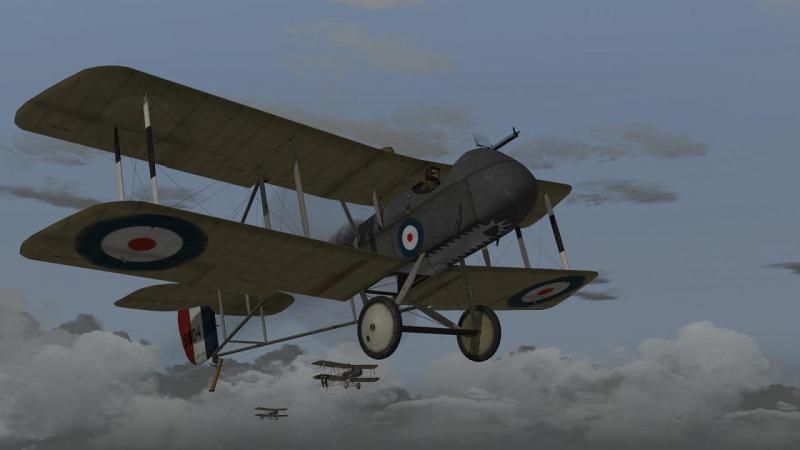

Alarums and excursions in a 'prehistoric packing case'!
A common British 'pet name' for an aeroplane, probably originating in WW1, was a 'kite'. New Zealand ace Keith 'Grid' Caldwell got his nickname from calling aircraft 'grids'. 'Packing cases' - perhaps in the sense of what in the UK we call tea chests, light and flimsy plywood boxes much sought after for moving house contents - is a common translation of a German equivalent from the same period. 'Prehistoric packing
"Attack EVERYTHING!"

By 33LIMA,


Flying the 'spinning incinerator' in Wings over Flanders Fields!
"Led by Lanoe Hawker, No.24 Squadron (DH2s), Britain's first single-seater scout squadron, arrived in France on 8 February 1916 in great excitement but was immediately absorbed in a crisis of its own. The day after their arrival, one of the flight commanders, on the first flight of a DH2 from a French airfield, got into a spin and failed to recover. Five days later, another pilot spun in, and this time the machine caught f



